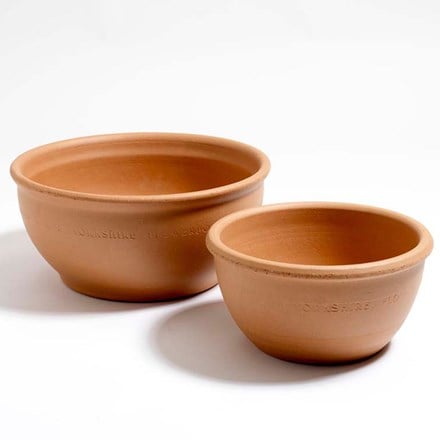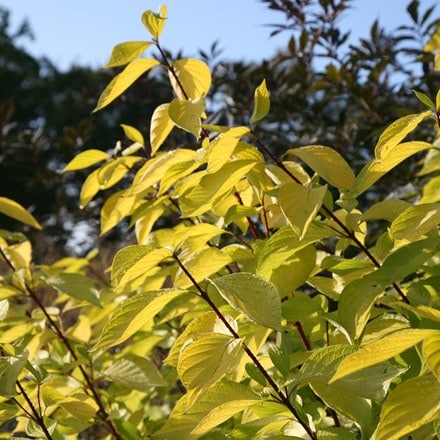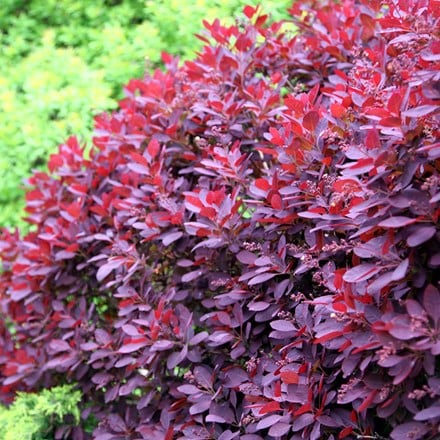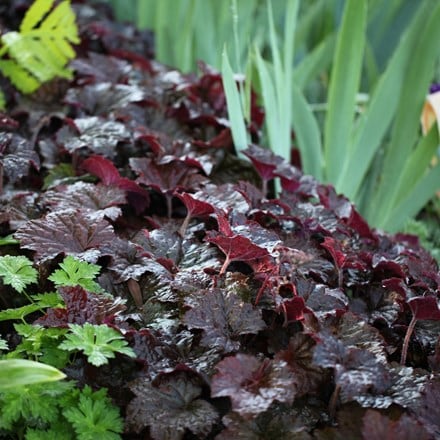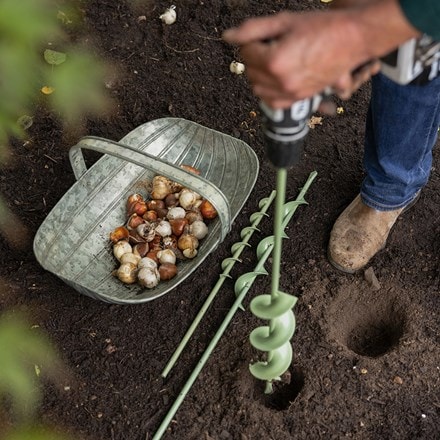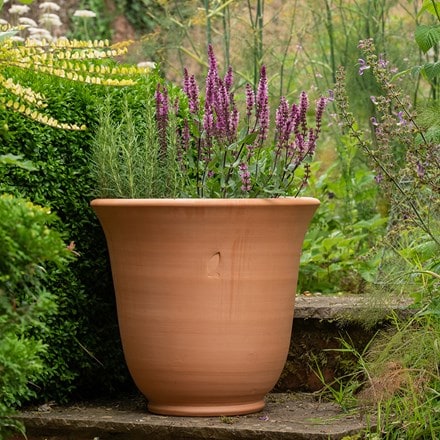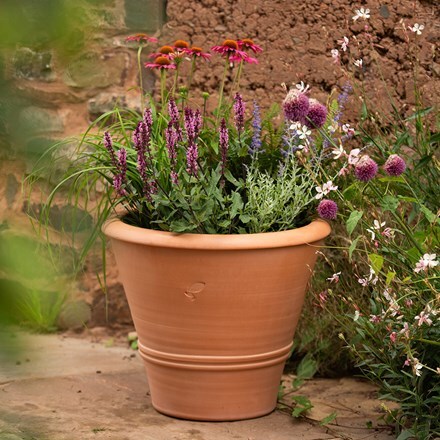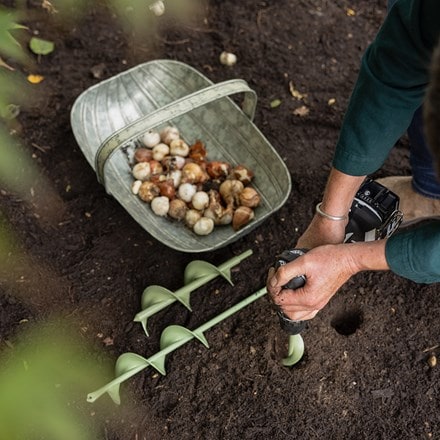Dark leaved bishop dahlia collection
dahlia collection
- 1 × collection | 3 tubers
- £15.99
- available to order from winter
- 2 + 1 FREE collections | 9 tubers
- £31.95 £47.97
- available to order from winter
Delivery options
- Bulbs (only) £4.95
- Position: Full sun
- Soil: Moderately fertile, moist, well-drained soil
- Rate of growth: Average
- Flowering period: July to September
- Hardiness: Half hardy (may need winter protection)
The dahlias in this 'Bishop' collection all have luscious, dark coloured foliage, so they are not just sought after for their summer flowers. It is the combination of these two factors however that really makes them stand out. They create a dramatic impact in the border and the flowers, which are excellent for cutting, will also help encourage bees and other pollinating insects into the garden.
In each collection you will receive 1 of each of the following:
- Dahlia 'Bishop of Dover': A single row of white ray florets, which usually have a pinkish violet flush, surround the central disc forming pretty flowerheads that are held on deep purple-brown stems. The purple-tinted foliage offers a wonderful contrast.
- Dahlia 'Bishop of Llandaff': Striking, semi-double, bright vermilion red flowers appear from July to September above the deeply divided, dark bronze-red leaves. This popular, peony-flowered dahlia requires a sunny site with fertile, humus-rich soil. Perfect for a planting scheme based on 'hot' colours.
- Dahlia 'Bishop of York': Cheerful yellow flowers, contrasting beautifully with the purple-flushed foliage, appear for several months from midsummer. Ideal for creating late colour in the garden.
- Humans/Pets: Ornamental bulbs - not to be eaten

